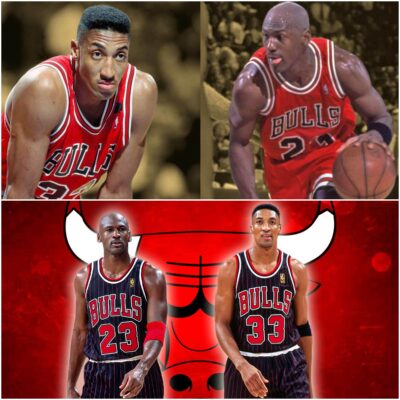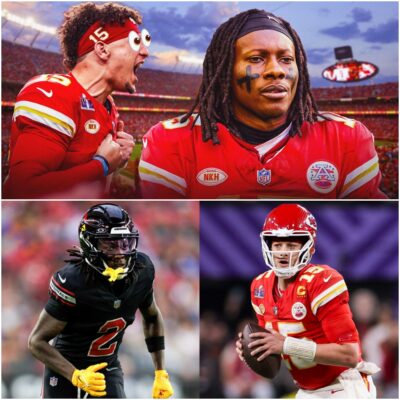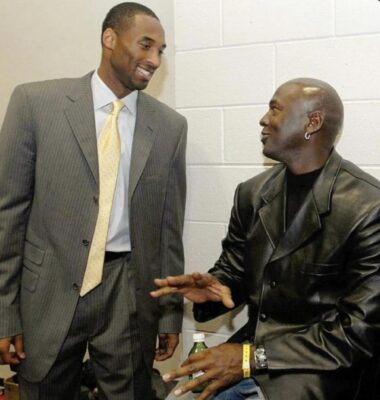The F4U’s Background
The inception of the F4U was very much like many other aircraft; the US Navy set out a specification and invited various aircraft manufacturers to come up with designs. They wanted a single-engine fighter aircraft that would have a range of 1,000 miles and carried at least 4 guns.

F4U
Rather oddly, as part of the specification, it had to have anti-aircraft bombs.
In the late 30s, the thinking was that fighter aircraft would fly high above enemy bombers formations and drop these charges into them. This idea never really took off.
Design
The XF4U-1 prototype was the very first aircraft to be designed around the Pratt and Whitney R-2800 Double Wasp engine. This beast of an engine was the heart of the F4U.
With 2,800 cubic inches (46 litres) of displacement and 18 cylinders, this mammoth put down over 1,800 hp. The engine spun a large 13 feet 4 inches (4.06 m) propeller.
On October 1, 1940, the XF4U was the first single-engine US fighter to exceed 400 mph. Not only was she fast in a straight line but also in a dive too, attaining speeds of up to 550 mph.

F4U
However, these dive tests didn’t leave the prototype unscathed – with damage to control surfaces.
Despite the initial snags, the US Navy was so impressed with the performance that in 1941 they awarded Vought with a contract for 584 F4U-1s which were given the name ‘Corsair’.
Gull Wing
Probably the most famous aspect of the F4U’s design is the bent or inverted gull wing.
The airframes of carrier based aircraft are subject to much more stress compared to traditional land-based planes. The area most impacted is the landing gear. Initially the XF4U had traditional wings with long landing gear struts to prevent the gigantic propeller from striking the ground.

F4U
Longer landing gear for carrier landings made it more difficult to get the aircraft down safely as it would encourage it to bounce if not brought in extremely smooth, which is very difficult out at sea.
Furthermore, the landing gear had to retract backwards to make room for the folding wings. If they were too long they couldn’t fit inside the wings.
To remedy this, the designers introduced a bend into the wing to shorten the landing gear and give the propeller adequate clearance. No prop strike, much easier to land and could fold its wings.
A secondary benefit was the gull wing meant the fold started lower down, reducing the overall height of the stowed aircraft.

F4U
F4U’s Armament
Armament was the Corsair’s party piece, she was extremely versatile and was designated as a fighter-bomber. The initial prototype was for two 7.62 mm machine guns in the cowling and two 12.7 mm Browning machine guns in the wings.
After reports from Europe in the wake of WW2, it was decided that this would not be enough.
More firepower was needed.
The first production version, the F4U-1, came with a host of upgrades over the prototype. The biggest of which was six 12.7 mm AN/M2 guns.

F4U
A ground-attack variant was also introduced, based on the F4U-1, designated the F4U-1C. 200 of these were built and all were equipped with the mighty 20 mm AN/M3 cannons – each with 231 rounds.
A lot of pilots thought that the cannons were actually better for all types of combat situations, not just ground pounding. But they suffered issues with freezing at altitudes above 25,000 feet, although this was eventually remedied with gun heaters.
On top of this impressive firepower, the F4U could also carry up to 1,800 kg of bombs or eight 12.7 cm high-velocity unguided rockets.

F4U
With a mix of cannons, machine guns, rockets and bombs, the Corsair was able to tackle almost every combat situation all whilst being carried based.
Combat
The Corsair was loved by her pilots, a fast, agile and heavy-hitting fighter-bomber and saw plenty of combat throughout the war. Over 64,000 sorties were flown throughout the war.

F4U
2,140 air combat victories for only 189 losses gave the Bent Wing Bird a kill-to-death ratio of 11:1! Not only this, 70% of all the bombs dropped by US fighter aircraft were carried by the Corsair.
During the Korean War, the F4U was used mostly as a close support aircraft. For this, the F4U-5 was used; a highly upgraded version with a more powerful engine, using a single-stage supercharger.

F4U
Despite this, Marine Captain Jesse Folmar was credited with shooting down a MiG-15 using the four 20 mm AN/M3 cannons on his Corsair.
This goes to show that the Vought F4U in its many variants was an extremely capable fighter aircraft that was highly feared by its foes and loved by the pilots who flew the Bent Wing Bird.
If you like this article, then please follow us on Facebook and Instagram
Another Article From Us: Nord 1500 Griffon – French Madness?
Specifications (F4U-4)
Crew: 1
Height: 14 ft 9 in (4.50 m)
Length: 33 ft 8 in (10.26 m)
Wingspan: 41 ft (12.50 m)
Empty weight: 9,205 lb (4,175 kg)
Powerplant: 1 × Pratt & Whitney R-2800-18W radial engine, 2,380 hp
Top speed: 446 mph (718 km/h)
Cruising speed: 215 mph (346 km/h)
Stall speed: 89 mph (143 km/h)
Rate of climb: 4,360 ft/min (22.1 m/s)
Range: 1,005 mi (1,617 km, 873 nmi)
Combat range: 328 mi (528 km, 285 nmi)
Ceiling: 41,500 ft (12,600 m)
Armament: 6 x .50 M2 machine guns or 4 x AN/M3 cannons
Payload: 4,000 lbs (1814 kg) or 8 x 5 in rockets











